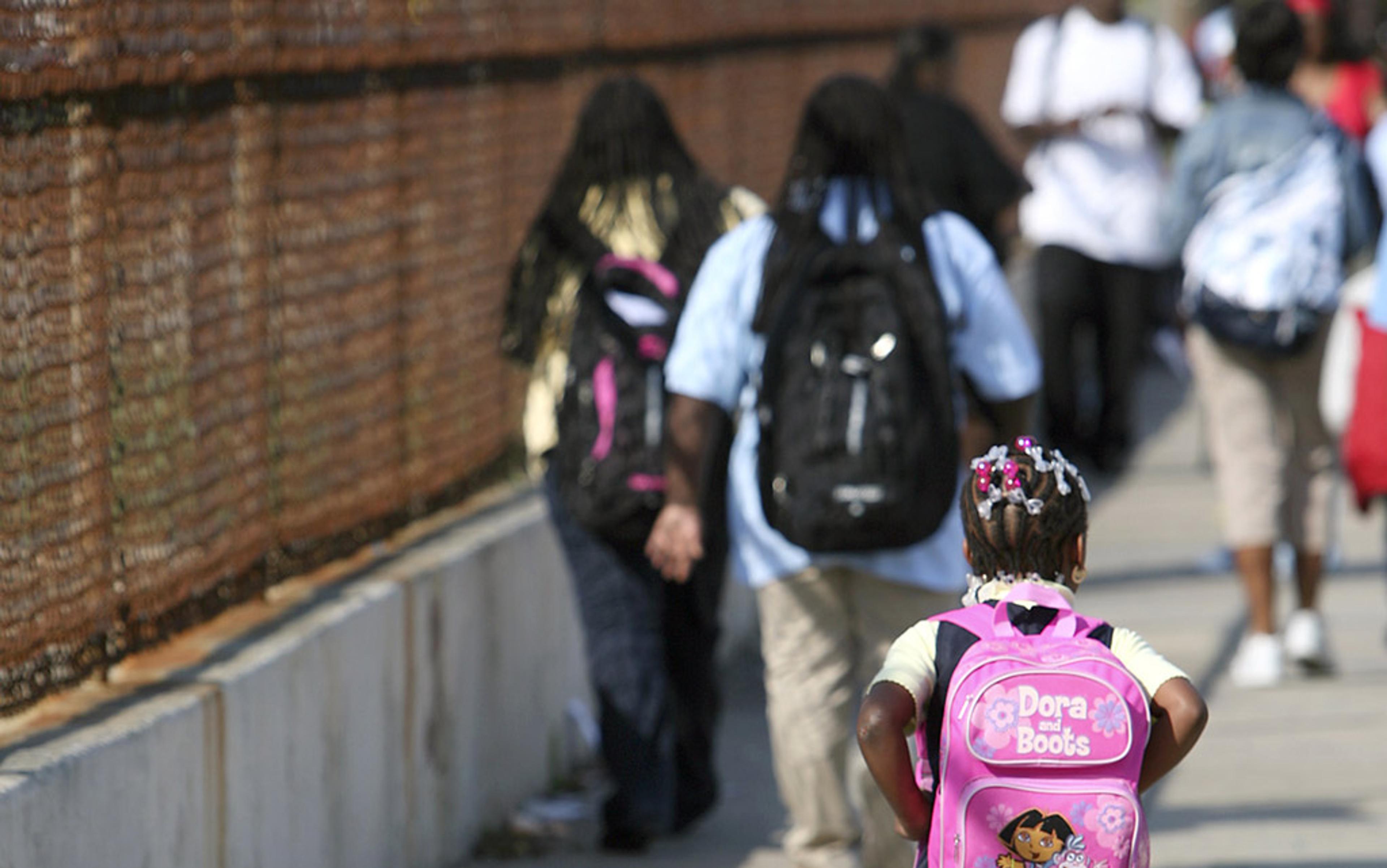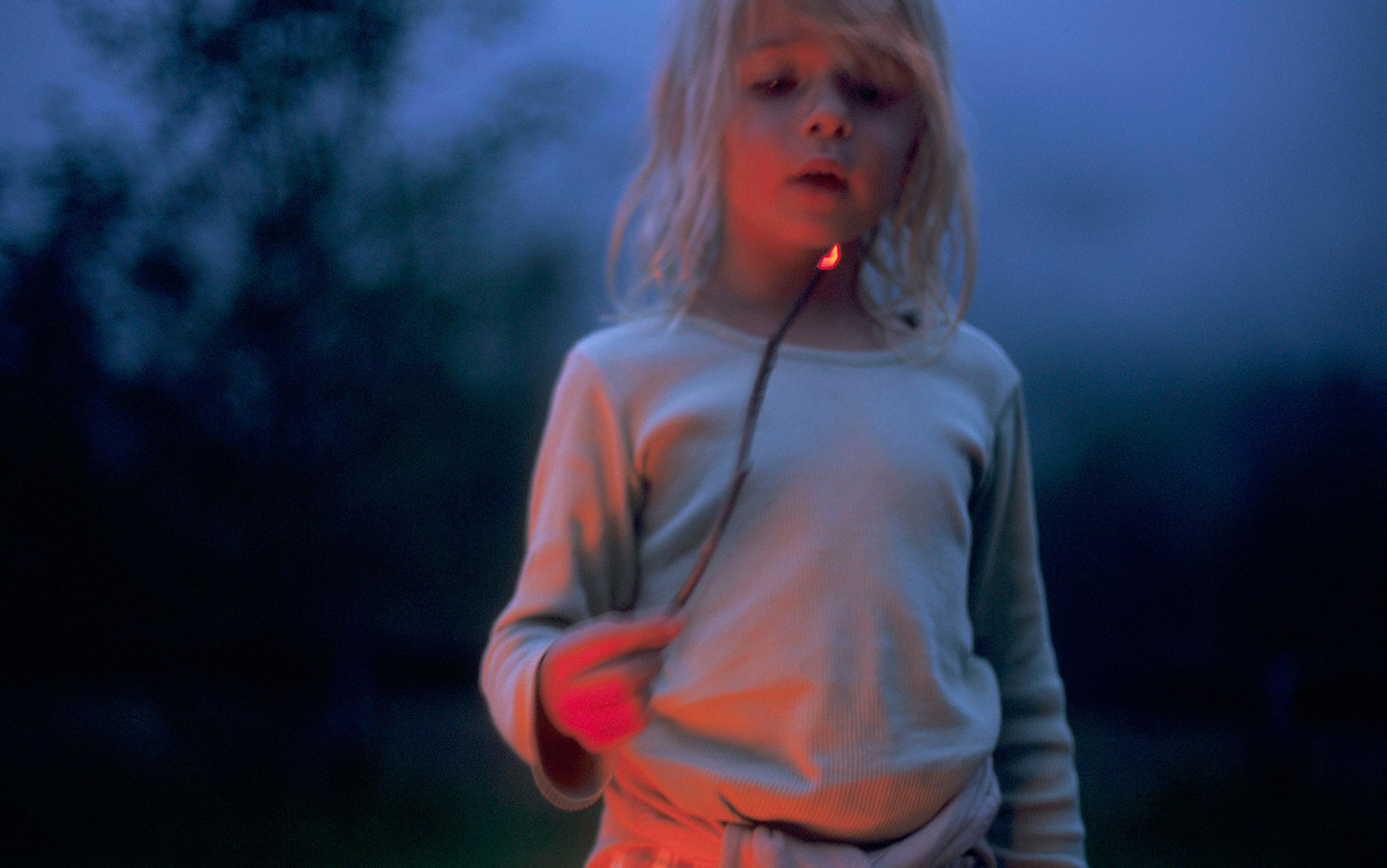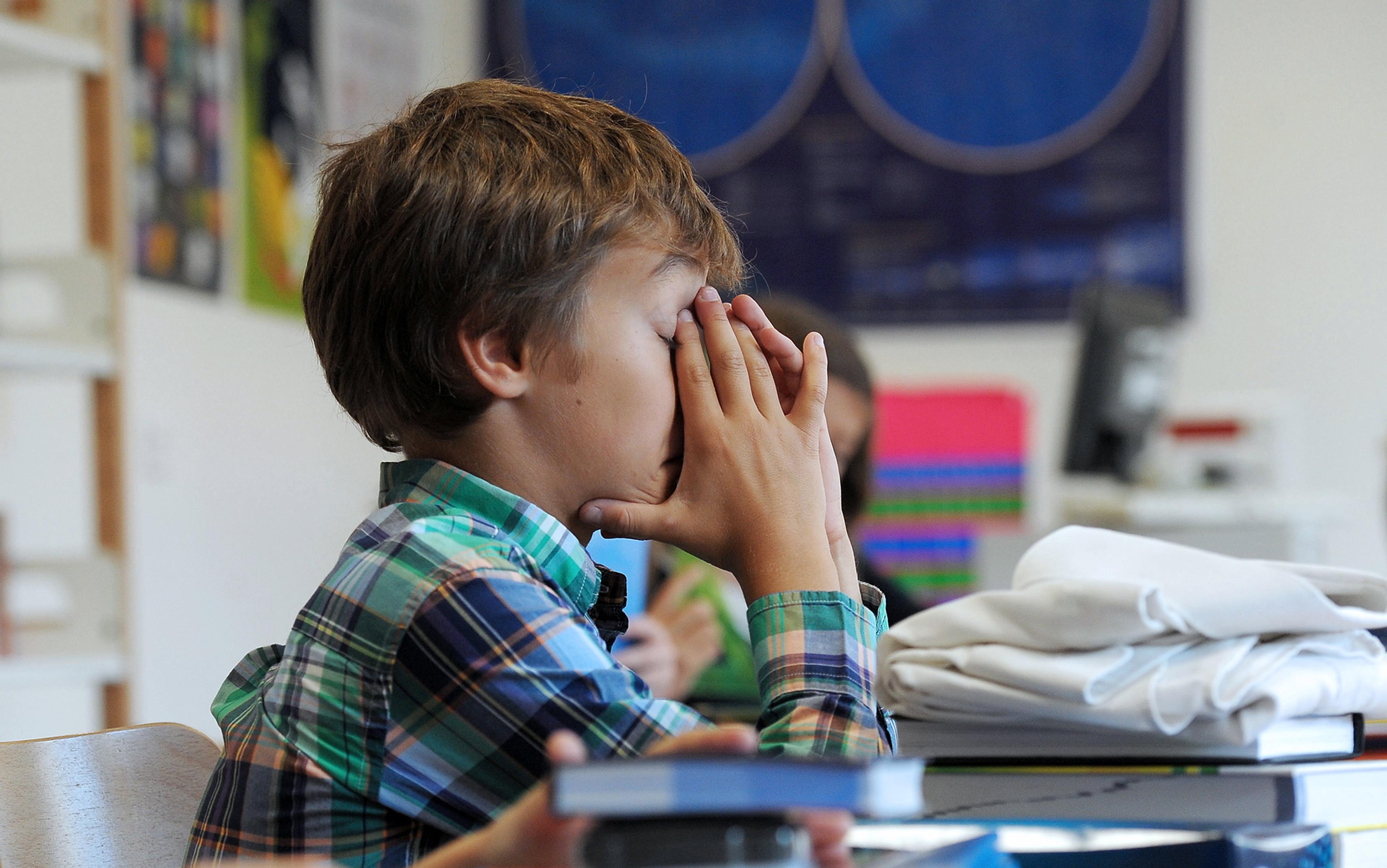Young people around the world are experiencing an unprecedented crisis of unhappiness and poor mental health. Many observers blame the expansion of social media that began in 2012-13, as well as the long-term negative effects of the COVID-19 pandemic on the social lives of the young, and no doubt those things have exacerbated the decline in mental health. But the causes of the current crisis run deeper. They have to do with the increasingly uncertain futures that the young face due to the changing nature of jobs and the more complex skill sets required to succeed in them; extreme political polarisation and misinformation; an erosion of global norms of peace and cooperation; the uncertainties posed by climate changes; and the decline in traditional civil society organisations – such as labour unions and church groups. Meanwhile, families play a bigger role in providing financial and social support in poor and middle-income countries than in rich ones, serving as a buffer in the face of this perfect storm of trends.
There are many ways in which this crisis of unhappiness expresses itself. One is the recent disappearance of a long-established U-shaped curve in the relationship between age and happiness. Until recently, the nadir or low point was in the mid-life years, and both the young and the old had higher levels of happiness and other dimensions of wellbeing. This relationship held in most countries around the world, except for those that are extremely poor, have high levels of political violence, or both. Yet, since 2020, the relationship has become a linear upward trend in many countries in North America and Europe – and several in Latin America and Africa as well as Australia. This means that the least-happy group in these countries is now the young (those aged 18-34) and the happiest are those over the age of 55.
A more extreme manifestation has been the increase in suicides, rise in reported anxiety and depression, and ‘epidemic’ levels of loneliness among the young, particularly in the United States and the United Kingdom. The US already has a crisis of ‘deaths of despair’; first identified as a problem of middle age by the economists Anne Case and Angus Deaton in 2015, such premature deaths due to suicide, drug overdoses and alcohol and other poisonings are now being seen in greater numbers in the young, especially those Americans between the ages of 18-25. Youth unhappiness trends are particularly extreme in the US, in part due to its much more limited social support system for those who fall behind, the exorbitant costs of higher education and healthcare, and very high levels of gun violence – including in schools. As a result, there is a large and growing mortality gap between Americans with and without college degrees. Those with degrees live eight more years, on average, than those without. These are potentially overwhelming challenges for young people to navigate.
This crisis matters because of the human costs, such as reduced longevity and significant gaps in quality of life, because those with mental illness are much less likely to complete higher education, and more likely to be in poor health and experience homelessness and other kinds of deprivation. They are also less likely to be in stable jobs and/or long-term relationships. Yet it also has deeper and more far-reaching implications as it reflects a lack of hope for the future among an entire generation in many countries, suggestive of a broad systemic failure that we do not fully understand.
My research – and that of some others – shows that hope is a key factor in health and longevity, productivity, educational attainment and stable social relationships, among other things. The reason hope is so important, even more than current levels of wellbeing, is that integral to hope (as opposed to optimism) is having agency and potential pathways to a better future. Psychiatrists, for example, while they don’t provide examples of how to restore hope, note that it is the critical first step to recovering from mental illness. Individuals with hope are more likely to believe in their futures and to invest in them, as well as to avoid risky behaviours that jeopardise them. In contrast, people in despair have reached a point where they literally do not care whether they live or die. Several studies find direct or indirect linkages between despair and other mental health disorders and misinformation and radicalisation, although there are also some studies that dispute the claim. While these manifestations are particularly extreme in the US, many other countries – especially in Europe – are also experiencing them.
While I have worked on wellbeing for many years now, I began my career as a development economist. I was born in Peru, and from an early age was exposed to the long reach of poverty because of the research my father (a paediatrician at Johns Hopkins in Baltimore) did on infant malnutrition. He found that, with the right diagnoses and treatments, like addressing inadequate levels of key minerals such as copper and zinc, severely malnourished infants could recover and have healthy lives without cognitive and other kinds of impairment. At the time, neither knowledge of nor treatment for these deficits was widely available. My early exposure to those issues made me committed to better understanding the effects that poverty and inequality have on people’s lives and health. Development economics seemed to be the best tool kit for doing so.
But I also became increasingly curious about the psychology involved, such as why and how people living in extreme deprivation could be so optimistic, generous and resourceful, as they are in Peru. I did my PhD dissertation on the coping strategies of the poor in the context of hyper-inflation and Shining Path terrorism in late-1980s Peru. What stood out was how resilient the poor population was but also how sophisticated in navigating incredibly difficult economic circumstances – such as exchanging their local wages into dollars overnight to prevent them from being quickly eroded by inflation. They were also learning what foods they could afford that were also healthy for their children.
I still remember thinking that it was unlikely that consumers in the US, who have never faced such challenges, would have been able to navigate them with the same dexterity and optimism. And even now, more than 30 years later, my most recent surveys among low-income adolescents in both Peru and in Missouri find a sharp contrast between the high hopes and aspirations of Peruvian adolescents for education advancement and the very low hope of low-income American adolescents, especially white ones.
My research among poor populations in Peru directly challenged traditional economic theory
Low-income minority communities in the US are much more hopeful in general, and value education as a pathway, while the latter has eroded among low-income white groups. Remarkably, the parents of my white respondents did not support them attending college, while the minority parents and other members of their communities strongly supported their young people seeking higher education. The visionary school superintendent I worked with to launch the Missouri project, Art McCoy, was a living example of how community support – in this case, in schools – could dramatically change the life trajectories of adolescents from minority communities (I will return to McCoy later).
I was incredibly lucky, as a young scholar at the Brookings Institution in Washington, DC right after my PhD, to be in an environment where the economists were interested in my explorations into the psychology of poverty. The results of the survey research I was doing among poor populations in Peru directly challenged traditional economic theory. I found that the most upwardly mobile respondents in my sample were the most pessimistic in their assessments of their past economic progress, while poorer respondents were more positive in their assessments. We had objective data on how these respondents had fared in terms of income gains and losses, and we were able to confirm that there was no sampling error or bias in our survey questions. Thus, the question remained, why? Was it rising expectations? Loss aversion given the context of rapid but unstable growth? Newly acquired knowledge of how much more income the wealthy still had, despite their own upward progress? Character traits? It turns out it was a combination of all these things.
Again, I was incredibly lucky to be in an environment where prestigious economists such as Henry Aaron, George Akerlof and Alice Rivlin – and Daniel Kahneman, the first psychologist to receive the Nobel Prize in economics – encouraged me to explore more, including using tools from other disciplines beyond economics. As a result, I got to know a small but incredibly talented group of economists, such as Richard Easterlin, Andrew Oswald and Angus Deaton, and top psychologists, such as Kahneman and Ed Diener, who were collaborating in combining the qualitative survey approach of psychologists with the econometric, maths-based techniques of economists. There was a great deal of scepticism early on from economists – indeed, many of them thought we were nuts! Yet the many puzzles we uncovered and the increasing use of the approach by a range of scholars ultimately resulted in it developing into a new science of wellbeing measurement.
The new metrics added a great deal to our understanding by incorporating human emotions, aspirations and character traits into how we think about, analyse and model economic behaviours. By now, it has become almost mainstream to do so. Indeed, many governments around the world, led by the UK’s early effort in 2010 (in which I was lucky to play a small role) have begun to incorporate wellbeing metrics in their official statistics as a complement to traditional income-based data and as a tool in policy design and assessment, such as in cost-benefit analysis or health policy and environmental policy innovations. The OECD now has guidelines for best practices for national statistics offices around the world that want to utilise the metrics. (Unfortunately, despite having similar recommendations for how to do this in the US from a National Academy of Sciences panel – on which I participated – the US did not follow suit.) Most recently, the United Nations formed a commission to develop and recommend indicators of progress to complement GDP that can be adopted by countries around the world.
The field has evolved from analysing the determinants of happiness and other dimensions of wellbeing (income matters but other things such as health, friendships, and meaning and purpose in life matter even more) to exploring what impact increases in wellbeing have on individuals and society as a whole. We consistently find that higher levels of wellbeing result in longer lives, better health, more productivity in the labour market, and more stable long-term relationships. Hope, meanwhile, is more important in determining those outcomes than is current happiness or life satisfaction. Hope is not just the belief that things will get better – that is optimism – but the conviction that individuals have the agency to make their lives better.
During this intellectual journey, I increasingly began observing large contrasts between the hope and optimism of the poor in Latin America and the deep despair among the poor and near-poor in the US. My empirical surveys, based on Gallup data, confirmed those gaps. At the same time, Case and Deaton released their first paper on deaths of despair in the US. As I explored across race and income cohorts in the US, I found that it was low-income white people who had the lowest levels of hope and were also the cohort most represented in the deaths.
I realised that the metrics we had developed could serve as warning indicators of populations at risk. While people with hope, meaning and agency have better outcomes, those in despair lack these emotions and traits and have lost their life narratives. Because of that, they are vulnerable to risky behaviours that jeopardise their futures; they typically do not respond to incentives; and they are more vulnerable to misinformation and related conspiracy theories that can fill the vacuum. I hope that we can now use the metrics as one of the tools we need to solve the mental health crisis among our young people.
As I noted earlier, the causes of the youth mental health crisis – in the US and beyond – are deep and far reaching, and defy simple solutions. Yet if we highlight one of the key drivers of the crisis – the deep uncertainty the youth of today have about their futures and their ability to get jobs that will enable them to support families and have a reasonable quality of life – there is little doubt that education is a critical part of the solution. And central to that are the innovations that make education more accessible for those with limited means and resources, and train them for the new and complex skills required for the labour markets of tomorrow.
To make education more accessible and relevant, we need to rethink the way it is delivered, so that students are supported and mentored, and how they can acquire skills that are not typically developed in secondary school curricula. There is no one tried-and-true recipe for success, not least because education has a context-specific element that must be tailored to the populations and communities in which it is delivered. As such, it is critical to involve key stakeholders (eg, parents, students and communities) and the consumers of education (eg, parents and students) when implementing innovations, as changes in the way children are educated rarely succeed without their support.
A related and even more important lesson is the value of mentorship, particularly in less-privileged contexts, where students may be the first in their families to attend post-high-school education or in which parents are absent for a variety of reasons, such as familial trauma or overstretched work schedules. My research finds that mentors – either in schools or in families or communities – are critical to guiding students as they make difficult decisions about investing in their education with limited information and, perhaps even more important, in sustaining their aspirations and goals in the face of negative shocks or other challenges. Seeing the important role of hope and aspirations in driving the efforts of the poor in Peru to pursue better lives is what inspired me to study emotions and wellbeing in economics and to focus now on the youth mental health crisis through that lens.
The renaissance of debating clubs in Chicago public high schools has improved academic achievement
Research also shows the important role of skills that are not usually part of high-school curricula but which expose students to things that can help them succeed in the labour market, such as financial literacy, self-esteem and communications skills. The Youthful Savings programme, based in New York and Santa Monica, teaches high-schoolers financial literacy, equitable and ethical business practices, and the importance of paying attention to mental wellbeing. Mentors are an important part of the programme’s successful record.
An example of their success in helping young people is Jose Santana, a high-school student from the Bronx and the son of Dominican immigrants. He was not planning on college but was able to go with support from Youthful Savings. He credits the skills the programme gave him but, more importantly, the mentorship he received from Somya Munjal, a young entrepreneur of Indian origin and the founder of Youthful Savings, which inspired Santana to continue his education to increase his chances of becoming a successful entrepreneur himself. Munjal, too, had to struggle to finance her own education but became increasingly motivated to succeed as she found meaning and purpose in helping others along the way. Santana is only one of the many young people Munjal has inspired.
An example of exposing youth to skills that they can use in the labour market is debating clubs in high schools. Debating requires good communication skills, the ability to listen to opponents, and to back one’s argument in fact-based reasoning, with calm and civil discourse. These are the skills that are quickly being eroded in today’s polarised and acrimonious environment. The renaissance of debating clubs in several Chicago public high schools has improved academic achievement and increased the hope, agency and engagement of the participating students, according to Robert Litan’s book Resolved (2020). Meanwhile, research by Rebecca Winthrop and Jenny Anderson for their book The Disengaged Teen (2025) confirms the importance of supporting students in developing skills beyond the usual academic curricula, such as creativity, exploration and agency. They categorise students as ‘resisters’, ‘passengers’, ‘achievers’ and ‘explorers’ – the last of which being the most engaged of all the groups.
In the UK, the #BeeWell programme in the greater Manchester district conducts annual surveys that measure key wellbeing indicators and makes recommendations to communities based on their findings. Evaluations three years after the programme was implemented in 2019 across 192 schools throughout the district showed that significant action was taken in communities thanks to the findings of the programme, which are released privately to schools and publicly by neighbourhood.
Meanwhile, community colleges around the US are playing an increasingly important role in helping low-income students attend and complete college. A leading-edge example is Macomb Community College (MCC) in Detroit, which in addition to its own faculty and curriculum provides a hub where local colleges and universities, including Michigan State University, offer courses so that students can go on to complete four-year degrees – an option that is invaluable for low-income students who often work and have families in the county, and cannot afford to move and pay room and board elsewhere. Approximately 63 per cent of the students who transfer from MCC go on to complete a four-year degree.
He inspired students to invest and succeed in their education aspirations, with seemingly limitless hope
MCC’s curricular innovations are paired with dedicated mentorship for each student who attends the college, as well as a programme that encourages civic discourse and attending lectures from outside speakers. This is unusual in a county that has as divided a population as Macomb. It combines autoworkers, newly arrived immigrants and a long-standing but historically discriminated-against African-American population. The college’s president emeritus Jim Jacobs told me that one objective is to show MCC students that they can thrive in the workforce without moving out of their county.
Another programme aimed at inspiring low-income young adults is the micro-grants programme founded by Julie Rusk, the co-founder of Civic Wellbeing Partners in California. The programme provides small grants to low-income people, usually of minority origin, to initiate new entrepreneurial activities in Santa Monica. Most of the grantees are young, and the activities – which range from the arts to culinary initiatives to bike repair shops – benefit low-income communities in the city and have positive effects on the hopes and aspirations of the grant recipients. One reason for this success is the dedication of Rusk and her team to ensuring that their participants have the support they need to succeed.
I close with the profile of Art McCoy, the amazing former school superintendent of the primarily African American Jennings school district in Saint Louis, Missouri. When McCoy took over the superintendency, Jennings had one of the worst completion records of Missouri’s high schools. It then achieved an impressive 100 per cent graduation, career and college placement rate, which is significantly higher than those of the other public high schools in the same district. While McCoy’s success is no doubt due to many complex factors, it is evident that a critical component was his ability to inspire students to invest in and succeed in their education aspirations, with seemingly limitless energy and hope.
McCoy has an unparalleled ability to communicate to a wide range of audiences, including but not only students, with genuine empathy, compassion and humour, while encouraging effort, initiative and persistence. Working with McCoy also showed me that dedicated mentorship could transform a failing school district into a cohesive community that provides support and inspiration to take on daunting challenges. I have never ended a conversation with him (and there have been many) without a restored sense of hope, even during our divided and difficult times. He is now active in supporting young adults in deprived parts of Saint Louis to embrace entrepreneurship and independence as they begin their post-education careers.
At a time where young people are suffering from doubts and anxiety about what their futures hold, it is people like Art McCoy, Somya Munjal and Julie Rusk who help them believe in themselves and their ability to overcome the challenges they face. While these challenges are complex and daunting and we do not have solutions for many of them, we do know that young people crippled with despair and anxiety are far more likely to withdraw from society. Restoring hope is not a guaranteed solution, but it is a critical first step. That is a lesson I earned early in my career from the poor people of Peru, and it still holds today in a very different context and time.






